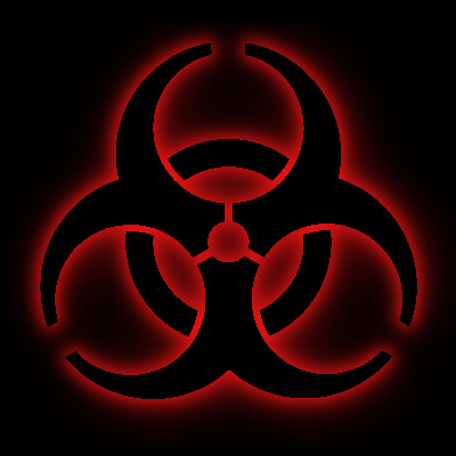According to the W.H.O. (World Health Organization), ” Biosafety is a strategic and integrated approach to analyzing and managing relevant risks to human, animal and plant life and health and associated risks for the environment. Biosafety is based on the link between different sectors and the potential of the hazards to spread between sectors. Biosafety levels are some basic protocols that are needed to be followed in order to deal with different biological agents
The aim of biosafety to minimize the contamination caused by any biological agent. There is some important concept in biosafety.
- Biological hazard:
- source of any harm caused by biological agent or toxins and is defined by the degree of it (with the host). Any biological hazard can categorize by the:
- 1. Infectivity
- 2. Ease of transmissibility (how it is going to transmissible ?)
- 3. Route of transmission: Direct (Food, water) and indirect(contact in infected person)
- 4. Result of infection
- 5. Host range of agent
- 6. Availability of the treatment
Bio-Risk
Occurrence of harm and severity of it is called Bio-Risk
- Bio-containments: these are the protocol that is used to prevent the infectious disease from spreading into the outer environment.
- e.g. Closed, fixed areas
- Bio protection/Biosecurity: a set of protocols taken to reduce the risk of theft, intentional release, or misuse of pathogens and toxins.
Also Read: VACCINE and Vaccine Classification
RISK GROUP
According to the severity, the risks are categorized into 4 groups:
- 1. Risk Group 1: directly related to the microorganism that is less or non-pathogenic.
- 2. Risk Group 2: this group can harm individuals, low community risk.
- 3. Risk Group 3: high level of risk and risk of community spread but with known treatments.
- 4. Risk Group 4: very high risk and community spread can be lethal.
How many biosafety levels are there for selected infectious agents?
BIOSAFETY LEVELS

- Biosafety Level 1: BSL1 is followed for low-risk levels with some basic protocols. In the BSL1 the work is related to non-pathogenic agents.
- E.g. S. cerevisiae, and E. coli
- basic protocols are needed to be followed like hand washing.
- Biosafety Level 2: BSL2 is built for biological agents with mild pathogenicity.
- e.g. Staphylococcus aureus, Salmonella
- Basic protocols:
- Hand wash, use of biosafety cabinets, SOP, use of heap filters
- Biosafety Level 3: BSL3 is built for pathogens that can cause lethal diseases. It includes all the safety equipment and special lab facilities.
- E.g. mycobacterium, SARS
- Basic protocols:
- All the precautions used in BSL1+BSL2 and Individual lab training, use of BSC(bio-safety cabinets), use of biohazard symbols, PPE kits, restricted entry
- Biosafety Level 4: BSL4 labs are the highest level of BSL and rare. They are built with all the possible safety measurements including engineering controls, safety equipment, and facilities. In BSL4 we deal with the risk group 4.
- Basic protocols:
- Very restricted entry with proper log(date, name, purpose), use of PPE kits or moon suits, labs need to decontaminate before and after work. And all the precautions of BSL 1,2,3.